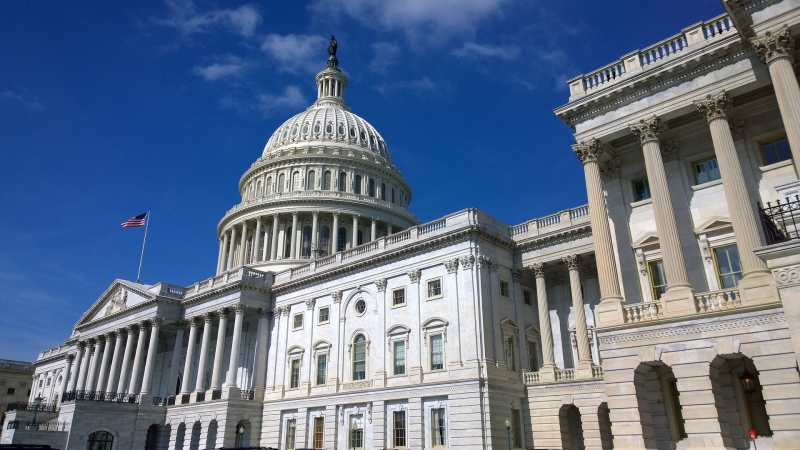In observing the U.S. Environmental Protection Agency’s 50th anniversary, I have a few early-days reflections. I had my first brush with EPA while in law school, when I drafted South Carolina’s Resource Conservation and Recovery Act Interim Status and Part B regulations. “Drafting” is somewhat generous, as my work was primarily cutting and pasting the EPA rules that were set up to apply in the absence of state program authorization and conforming them, and their corresponding preambles, to the South Carolina context. But it was a meaningful baptism into the complexity of EPA’s work within the labyrinth that is the Federal Register. In my last year of law school, I was accepted under the honors program at the U.S. Department of Justice, and was soon off to work as a trial attorney in their Environmental Enforcement Section. My primary client? EPA.
 It quickly became clear to me that the EPA beat was not for the fainthearted. Within my first six weeks of arriving in 1982, I was visited by FBI agents investigating DOJ’s refusal to turn over case materials to oversight committees on Capitol Hill concerned about backroom dealmaking in some of the early Superfund cases. They wanted to look at case files I had inherited to determine whether DOJ was conspiring with EPA political leaders to obstruct the congressional inquiry. This was the inquiry that in fairly short order took down an EPA administrator (Anne Gorsuch Burford) and landed the assistant administrator of what is now the Office of Land and Emergency Management (Rita Lavelle) in the clink on perjury charges. EPA was and remains a fairly high stakes game.
It quickly became clear to me that the EPA beat was not for the fainthearted. Within my first six weeks of arriving in 1982, I was visited by FBI agents investigating DOJ’s refusal to turn over case materials to oversight committees on Capitol Hill concerned about backroom dealmaking in some of the early Superfund cases. They wanted to look at case files I had inherited to determine whether DOJ was conspiring with EPA political leaders to obstruct the congressional inquiry. This was the inquiry that in fairly short order took down an EPA administrator (Anne Gorsuch Burford) and landed the assistant administrator of what is now the Office of Land and Emergency Management (Rita Lavelle) in the clink on perjury charges. EPA was and remains a fairly high stakes game.
Agency historians will recall that the Burford-Lavelle meltdown led to the return of the great Bill Ruckelshaus, whose second time as leader ushered in the heyday of environmental enforcement. And, as DOJ’s EES served as EPA’s representative in court, we were at the center of that work.
While even during those days there was periodic sniping at the agency by internal whistleblowers and oversight committees for not being aggressive enough, for the most part it was pedal to the metal. The so-called Enforcement First Policy under the Superfund program sealed the deal, driving an enormous amount of work through the DOJ turnstile. Working in tandem with our EPA colleagues, we had relatively free rein in terms of whom to sue, were given license to make fairly expansive legal arguments in court on such fundamental questions as causation and strict, joint, and several liability, and experienced remarkably good success with those arguments. When the statute was updated in 1986, much of the law making done in the Superfund Amendments and Reauthorization Act was in the nature of codifying the jurisprudence that had emerged though enforcement litigation.
Behind the curtain, an empowered EPA was not the simplest client. The folks at the agency thought DOJ was too slow in getting cases filed; we thought the agency was too rigid in settling cases. This and other dynamics produced a good deal of friction. In 1987, I became an assistant chief at DOJ’s EES with responsibility for EPA Region V, which at that time made up about a third of the country’s enforcement docket. I’ll never forget my first trip to meet with the Region V leadership. Dale Bryson, head of the Water Division at the time, started my meeting with him and his team by plopping a rather large windup toy on the conference table and setting it in motion. I believe it was a gorilla on wheels with cymbals, something like that, which slowly and loudly made its way around the table. “This is how we think of DOJ,” he said. “Makes a lot of noise, but moves very slowly.”
There was a harder edge to the interagency friction, with EPA pushing through various channels for its own litigating authority, akin to what had been given to the Securities and Exchange Commission. This would have effectively cut DOJ out of the equation. We were of course not keen on that, partly out of institutional self-interest, but also because we believed in our heart of hearts that, given the atmospherics that surround EPA’s work, the agency needed the sober presence of DOJ to be successful and to stay out of trouble. Making and keeping peace between DOJ and EPA became a central feature of leadership on both sides. Thankfully, those efforts in the late 1980s managed to tamp down the passions and set the EPA-DOJ relationship on the more cooperative course that defined the decades that followed, perhaps aided somewhat by the arrival at EPA of a few DOJ transplants in the early 1990s (including me). But that’s a story for another day.
This blog originally appeared in the November/December 2020 issue of The Environmental Forum and is republished with permission.
